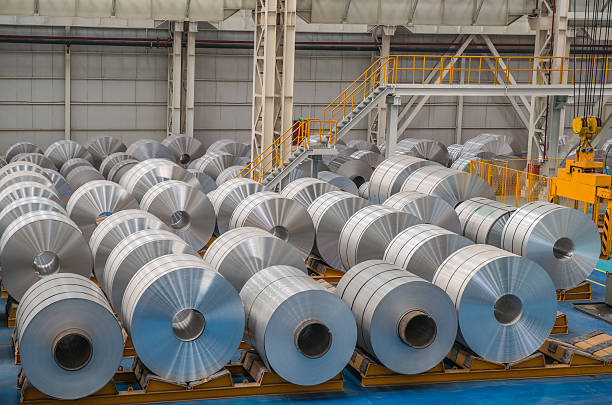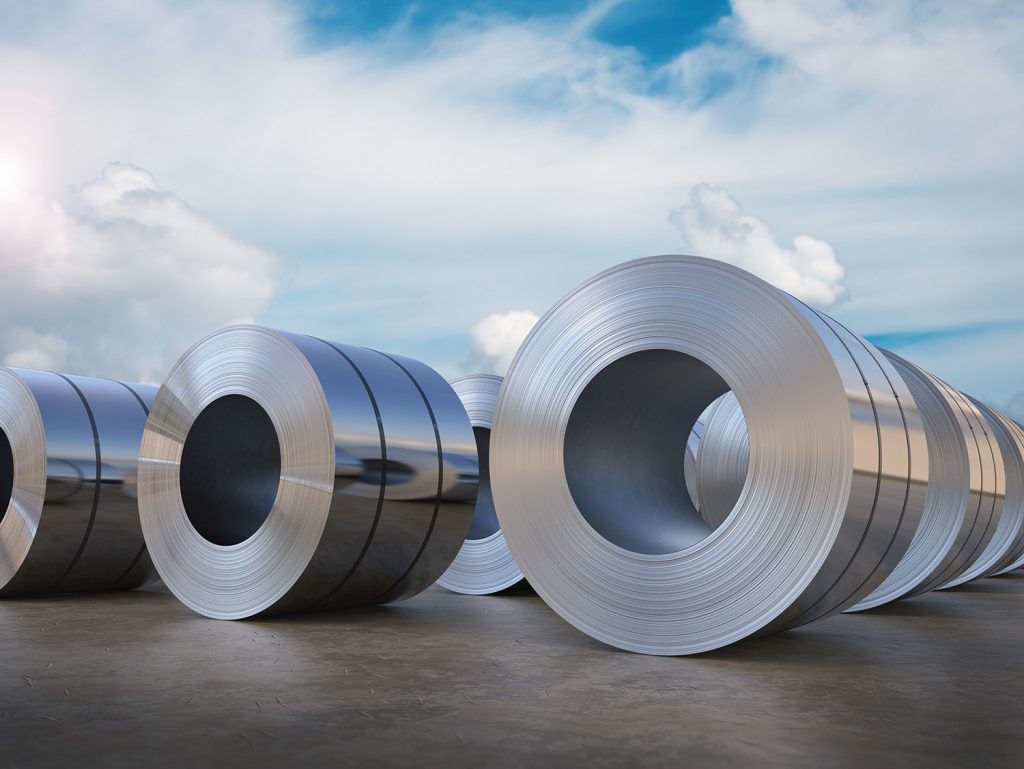Cost pass-through estimation of coated sheets
Statistical regression as a tool for confirming the cost pass-through theory
Published by Luca Sazzini. .
Ferrous Metals Coated sheets Cost pass-throughIn the article: Analysis of margins of European coated sheet manufacturers, an analysis was conducted on the margins of European coated sheet producers, which revealed a reduction in margins during the 2021-2022 period, a time marked by rising prices of hot-rolled coils. In the following two years, the decrease in coil prices allowed European coated sheet producers to recover their margins, bringing them back to levels close to those of the 2019-2020 period. These results are consistent with the economic theory of cost pass-through, according to which, for differentiated products like coated sheets, the transfer of changes in production input costs to final prices is generally partial. Producers are, in fact, willing to absorb temporary increases in production costs in order to stay competitive and ensure greater price stability.
In this article, we will continue the analysis of the cost pass-through of European coated sheets, using statistical regression to estimate the impact of production costs on the final price of the product.
Statistical Regression Model
The theoretical model adopted in this analysis is a simplified model based entirely on production costs, depending on three explanatory variables:
- the price of hot-rolled coils: which is the main production input for sheet production;
- the price of the coating: which is the second most important input;
- the consumer price index of the euro area: to include the cost of labor and services employed in the production process, assuming wages and services are indexed to inflation.
For the coating price, three possible price types were considered, each related to the three groups of coated sheets identified in the analysis: Differences in regional prices of coated sheets. In particular:
- for galvanized sheets, the European price of raw zinc was considered;
- for chromed sheets, the European price of raw chromium powder was considered;
- for plastic-coated sheets, the European total plastic and elastomer index was considered
The chosen regression model is the Engle and Granger model, which allows for estimating the dynamic specification in two distinct phases. In the first phase, an OLS regression is performed to identify the long-term structural relationship between variables, while in the subsequent phase, an error correction model is applied to estimate the short-term adjustment processes toward the "theoretical" long-term values.
In order to interpret the estimation results in terms of elasticity, a logarithmic transformation was applied to all variables.
Do you want to stay up-to-date on commodity market trends?
Sign up for PricePedia newsletter: it's free!
Long-term Regression Results
The table below shows the long-term estimation results for coated sheets.
Table of long-term estimation results for coated sheets
| Long-term equation regressors | Goodness of fit coefficient of the estimated model | |||
|---|---|---|---|---|
| European price of hot-rolled coils | European price of coating | Euro area consumer price index | Adjusted R2 | |
| Non-wavy galvanized sheets | 0.58 | 0.04 | 0.29 | 0.93 |
| Electrogalvanized sheets | 0.39 | 0.01 | 0.77 | 0.92 |
| Sheets coated in aluminum and zinc alloys | 0.57 | 0.1 | 0 | 0.88 |
| Chromed sheets | 0.28 | 0.17 | 0.84 | 0.83 |
| Plastic-coated sheets | 0.53 | 0.11 | 0.24 | 0.88 |
From the analysis of the table, theoretical long-term coefficients emerge that are consistent with economic theory. The cost pass-through of raw materials used in the production of coated sheets (i.e., the sum of the estimated coefficients for the price of hot-rolled coils and the price of coating) is always significantly less than 1, with a maximum value of 0.64 for plastic-coated sheets. These results align with the analysis conducted in the article: Analysis of margins of European coated sheet manufacturers, where it was noted that the cost pass-through of coated sheets is incomplete, as producers prefer to absorb temporary increases in production costs by reducing their margins in order to stay competitive in the market and ensure price stability.
The estimates of the cost pass-through for the commodities used in production processes are lower for electrogalvanized and chromed sheets, with values of 0.40 and 0.45, respectively. This means that, ceteris paribus, a 10% increase (or decrease) in the prices of raw materials used in production processes leads, on average, to a 4% and 4.5% increase (or decrease) in the final price of electrogalvanized and chromed sheets, respectively, which is less than half of the variation in the prices of the commodities used as inputs. These two types of coated sheets, unlike the others, are more sensitive to changes in the cost of labor and services used in production processes. In fact, the long-term estimates of elasticity with respect to the consumer price index are higher compared to other sheets, with estimated coefficients of 0.77 and 0.84.
Short-term Regression Results
To analyze the adjustment dynamics of coated sheet prices, the short-term results of the previously analyzed models are shown below.
Short-term Estimation Results for Coated Sheets
| Impact Effect | Adjustment Coefficient | Adjusted R2 | |
|---|---|---|---|
| Non-wavy galvanized sheets | 0.19 | -0.21 | 0.21 |
| Electrogalvanized sheets | 0.11 | -0.24 | 0.16 |
| Sheets coated in aluminum and zinc alloys | 0.21 | -0.35 | 0.23 |
| Chromed sheets | 0.19 | -0.15 | 0.08 |
| Plastic-coated sheets | 0.16 | -0.26 | 0.20 |
From the analysis of the short-term estimation results, an impact effect close to 0.2 was found for all coated sheets, except for electrogalvanized ones (0.11). An estimated coefficient of 0.2 indicates that only one-fifth of the shocks caused by changes in determinants are immediately passed on to the final price of coated sheets.
The lowest adjustment coefficient in absolute terms is for chromed sheets, at -0.15, while the highest is for sheets coated in aluminum and zinc alloys, at -0.35. This means that, in each period, chromed sheets and sheets coated in aluminum and zinc alloys correct 15% and 35%, respectively, of the deviations from long-term equilibrium.
Conclusions
From the regression analysis, it was found that the cost pass-through of the raw materials used to produce coated sheets is significantly lower than 1, with a maximum value of 0.64 for plastic-coated sheets. This result is consistent with economic theory, which states that for differentiated products, such as coated sheets, the cost pass-through tends to be generally partial rather than complete. The sheets with the lowest cost pass-through are the electrogalvanized and chromed sheets, with the sum of the long-term coefficients being 0.40 and 0.45, respectively. The prices of these two types of sheets were found to be more sensitive to changes in labor costs and services used in the production processes, with estimated coefficients for the Consumer Price Index of 0.77 and 0.84, respectively.
The analysis of the short-term estimation results showed that all coated sheets, except for electrogalvanized ones, have a shock coefficient close to 0.2, indicating that about one-fifth of the variations in determinants are immediately reflected in the final price.
Chromed sheets were found to have the lowest speed of adjustment, with an estimated coefficient of -0.15, while sheets coated in aluminum and zinc alloys exhibit the highest speed of adjustment, with a coefficient of -0.35.


